Yiddish
Yiddish projects are an essential part of S.A.C.S. Our Yiddish Circle dates back to 1997. Its predecessors were Yiddish classes from 1990 onward. During the first couple of semesters, the Yiddish Circle was organised in cooperation with the Zentrum für Antisemitismusforschung, then it was integrated into the Linguistik curriculum. Over a long time, the Yiddish Circle was something unique, and it took more than a decade that similar Yiddish circles came to exist in Europe.
Soon after its initiation, the Yiddish Circle began to bear fruit. Even before the turn of the millenium, a Yiddish phrase book was compiled and published, which still is quite popular. This prase book was made possible thanks to some very committed native speakers of the Yiddish Circle. Over many years, the Circle profited a lot from Berlin’s particular situation at that time, with a large influx of Yiddish speaking migrants from the East.
The older generation of these migrants, as a matter of course, were Holocaust survivors. Another fruit, yielded by the Yiddish Circle, was its therapeutic effect. Feeling culturally at home gives emotional security, which helps to overcome the blockade of dealing with the traumatising issue. This approach has since been thematised at conferences. It is of importance for regions with multi-ethnic conflicts. At the 5th African Conference on Psychotherapy, which took place in South Africa in 2008, it has been presented in the Opening Keynote Lecture.
The native speakers‘ contributions at the Yiddish Circle are being audio recorded, thus preserving these valuable documentations for future scientific analysis, be it for historical, linguistic, or other purposes.
Besides personal reports, the Yiddish Circle’s session for the most part focus on 20th century Yiddish poetry, but also on contremporary issues. Singing is an essential part of it as well, reflecting a particular affinity of Yiddish – and Jewish – culture. At special occasions, like musical evenings, Chanukka celebratons, or at the Long Nights of the Sciences at Berlin’s universities, Klezmer musicians and professional singers join in, always cheered by the audience.
Recommended Articles
Si is geblibn eine allein. taz, 19 April 1996
Jiddisch. Historischer Abriß einer europäischen Sprache. Europa dokumentaro, 2000, 13, 2-5
Zur Situation der Jiddischsprecher. Europa dokumentaro, 2000, 13, 6-9
Kulturspezifischer Zugang zu Holocaust-Überlebenden. Verhaltenstherapie & psychosoziale Praxis, 2003, 35, 2, 259-262
Mut zur Muttersprache. Tsp., 22.12.2003
„Ich hab’ mich jahrelang herumgetrieben“ / Anmerkungen zu Itzik Mangers „Ch’hob sich jorn gewalgert“. In: Groh, Arnold (Ed.): „beWEGung“. Akademische Perspektiven auf Reisen und Ortswechsel. Berlin, 2005, 79-84
Das Motiv der Bewegung in Gedichten Itzik Mangers. In: Arlt, Herbert (Ed.): Virtualität und neue Wissensstrukturen. Innovationen und Reproduktionen in Kulturen und Gesellschaften / Virtuality and new Knowledge Structures. Innovations and Reproductions in Cultures and societies / Virtualité et nouvelles structures de savour. Innovations et reproductions dans les cultures et les sociétés. Wien, 2006 (on CD and online)
„I Sing the Song of Sunset„: Images of Time in Itsik Manger’s Last Songs. TRANS 17, 2010 inst.at/trans/17Nr/7-2/7-2_cohen.htm
German-Yiddish dictionnary (see also article below)
Phrase book: Jiddisch Wort für Wort. (4th ed. 2014)
As for non-Yiddish influences, cf. Sephardim in Berlin
Creating a German/Yiddish Dictionary
Author: Jennifer Ingalls, Berkeley, University of California, USA
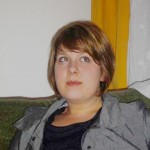 As perhaps evidenced by this article’s English content, I am not a native German speaker. I come rather, from America, a land seemingly rampant with Yiddish/English dictionaries, and in coming to Berlin, I was a bit concerned that my Yiddish education would fall by the wayside; I was proven happily wrong. Living in Berlin for the last year, I have met regularly with the small, dedicated, and growing circle of Yiddish speakers and those curious about Yiddish who meet during the semester for a “Yiddish Conversation Course” at the Technical University under the guidance of Dr. Arnold Groh and a native Yiddish speaker, Mordechaj Weinryb. A basic reading knowledge of Yiddish is usually appreciated, but none are turned away. Among this small group, the lack of an adequate German/Yiddish dictionary has been most evident. For while Yiddish shares its roots and many words with German, it is by no means a dialect of German, rather a language of its own, full of words from Hebrew, Aramaic, German, English, Polish, Russian, and numerous other languages, it is also not a language written with our familiar Roman letters, rather one in Hebrew characters.
As perhaps evidenced by this article’s English content, I am not a native German speaker. I come rather, from America, a land seemingly rampant with Yiddish/English dictionaries, and in coming to Berlin, I was a bit concerned that my Yiddish education would fall by the wayside; I was proven happily wrong. Living in Berlin for the last year, I have met regularly with the small, dedicated, and growing circle of Yiddish speakers and those curious about Yiddish who meet during the semester for a “Yiddish Conversation Course” at the Technical University under the guidance of Dr. Arnold Groh and a native Yiddish speaker, Mordechaj Weinryb. A basic reading knowledge of Yiddish is usually appreciated, but none are turned away. Among this small group, the lack of an adequate German/Yiddish dictionary has been most evident. For while Yiddish shares its roots and many words with German, it is by no means a dialect of German, rather a language of its own, full of words from Hebrew, Aramaic, German, English, Polish, Russian, and numerous other languages, it is also not a language written with our familiar Roman letters, rather one in Hebrew characters.
Before diving deeper into the reasons why a German/Yiddish dictionary is necessary and why perhaps one does not already exist, it is important to establish the definition of the dictionary we see as necessary as being is. All dictionaries are not created equal and all dictionaries are clearly not the same. If they were, there wouldn’t be a diverse market competing for their sale. A prime example of this difference would be the Oxford English Dictionary (O.E.D.) and the Merriam Webster Collegiate Dictionary; both are comprehensive English dictionaries, however they are very different in their aims and audience. While the O.E.D. is a best friend to English students the world over due to its exhaustive historical usage reference capabilities, Webster’s dictionary is known for its cooperation with the Chicago Manual of Style and its status as the dictionary of record for American English. Dual language dictionaries potentially show an even greater amount of variation than monolingual dictionaries do. There are small practical language guides for travelers, exhaustive tomes best left to libraries or bottom shelves at home, one way dictionaries (i.e. English/German), dictionaries equal in their linguistic emphasis (i.e. English/German-German/English), and many others. The current state of German/Yiddish dictionaries follows two of these approaches: language guides for travelers and one way dictionaries. The currently available travel/language guide is Dr. Arnold Groh’s Jiddisch: Wort für Wort Sprachführer published by Kauderwelsch.1 The remaining and to me unsatisfactory dictionaries hinge on two versions: Ronald Lotzsch’s 1992 Jiddisches Wörterbuch published by Duden and Siegmund Wolf‘s of the same name, published by Buske in 1986. Both dictionaries are currently out of print. In addition to being out of print, both dictionaries are aligned in one ideological direction. Both treat Yiddish as a dead language and fail to present Yiddish in its original orthography, namely in its Hebrew characters.
Yiddish is not, however, a dead language. Today around two to three million people are speakers of Yiddish. There are concentrated pockets of Yiddish speakers in New York, Israel, Russia, Argentina, and many other countries, yet beyond these concentrated enclaves, Yiddish truly can be found almost anywhere. It is because Yiddish speakers can and are found anywhere and everywhere that our dictionary is necessary. But before I get ahead of myself too much, I ought to outline what exactly the dictionary I am currently involved with creating would be. The dictionary is split into three sections, Yiddish in Hebrew characters, Yiddish in transliteration according to German pronunciation, and finally the German translation. The user will be able to select any of these approaches when using the dictionary- making it entirely practical. The searchable German transliteration is by far the most innovative, as it will allow a German speaker the opportunity to look for a word they may have simply overheard, despite not knowing the Hebrew alphabet. There is currently no dictionary on the market so uniquely designed to cater to a variety of uses and needs.
Throughout this article I have been treating and referring to Yiddish as a language and I will continue to do so, this is not however a universal opinion. This identity issue within Yiddish is perhaps one of the reasons that such a dictionary as we are creating does not already exist. The identity question regarding Yiddish’s status as a language or as a dialect is one almost as old as the language itself. The oft repeated, seldom cited, and more often than not misattributed quote “A language is a dialect with an army and navy,” was in fact the wisdom of the great Yiddish linguist Max Weinreich.2 While this phrase has stirred a degree of controversy within the Yiddish world, it does have certain elements of truth. Yiddish has never had an army or a navy, Yiddish has never had a country, its speakers have always lived in places where their native language was not the main language, the idea of a grown mono-lingual Yiddish speaker is reasonably absurd, and indeed, the mythical Yiddishland has never come to fruition.3 I am of the opinion that Yiddish is a language and ought to be treated as one. However, for those who would rather treat Yiddish as a dialect, this does not negate the importance or necessity of a German/Yiddish dictionary.
German and Yiddish are not entirely mutually intelligible. The degree to which they are mutually intelligible hinges upon a variety of factors; the dialect of Yiddish being spoken4, a propensity for or being previously accustomed to hearing different German dialects, a knowledge of Hebrew and/or Slavic languages can all aid a German speaker in understanding Yiddish. That said, for a native German speaker, or for that matter anyone with German experience, Yiddish still presents a unique challenge in the high number of false cognates- those false friends dreaded by many a beginning language student. A prime example is found in the Yiddish modal verb darfn, to need; at first glance it seems to come from the German modal verb dürfen, both are modal verbs and seem to be used in the same way. However, as any German speaker could tell you, dürfen has nothing to do with need, it is rather polite- may, to be allowed; you could play the children’s game Mother, May I? with dürfen, something that wouldn’t quite equate with darfn’s need. Such occurrences are often, as are overreaches to connect a mystery Yiddish word or phrase to a possible German match. Often there is a German connection; about 85% of modern Yiddish does come from German, but the other 15%? About 10% comes from Hebrew, with the remaining 5% coming from various Slavic languages, not to mention traces from other languages with which Yiddish has had interaction.
As an English speaker, when I am presented with an unfamiliar Yiddish word (more often than not from the Hebrew or Slavic component), I can easily choose from my collection of dictionaries at my disposal. I have Weinreich for the basics, Harkavy for pesky Hebrew words (which annoyingly retain their Hebrew spelling but have a pronunciation special to Yiddish), numerous others if I’m feeling adventurous, and a growing number of online versions for those unwilling to cart those hefty tomes around. If you speak French, the best Yiddish dictionary is usually said to be Yitskhok Niborski’s Yiddish/French dictionary, coming soon in a translated Yiddish/English version. There are Yiddish/Spanish dictionaries, Yiddish/Russian dictionaries, Yiddish/Hebrew dictionaries, and any other number of combinations- but still no comprehensive German/Yiddish dictionary.
Clearly there is a need for a comprehensive German/Yiddish dictionary and fortunately steps are being taken to meet this need, however there continue to be road blocks along the way. These barriers are closely related to the possible reasons why there hasn’t yet been a comprehensive German/Yiddish dictionary created. Most obvious is the close relationship between Yiddish and German, that 85% of Yiddish that comes from German. Ah, but in the semantics we find the distinction comes from German does not mean 85% of Yiddish is German. More accurately, 85% of Yiddish comes from Middle High German. Furthermore, in the thousand or so years in which Yiddish and German have independently but not always separately developed, there have been paradigm shifts in connotation, vowel shifts, and ever changing opinions and politics regarding the extent of the relationship and connection between the two languages. The epitome of Yiddish vowel sounds, oy, almost always correlates to the au vowel combination in modern German, draußen becomes droysen and so on. Such changes in vowel sounds are fairly easy for a German speaker to acclimatize themselves to, but then we come back to darfn and dürfen. Although both are modal verbs, paradigm shift cannot explain their divergence of meaning, nor can a simple vowel shift and substitution pattern. Rather, darfn seems most closely related to modern German’s bedürfen– to need. What happened to the be-? It has seemingly dropped off; Yiddish found it no longer necessary, whereas modern German does. Were I a better historical linguist, I’m sure I could tell you more about this difference, but in terms of mutual intelligibilty in the here and now this would not make any difference. Clearly, while the relationship is a close one- Yiddish and German are more like cousins twice removed than siblings. Yet such a close relationship and the claims that Yiddish is simply a German dialect, rather than an independent language have kept a complete, comprehensive, adequate, and practical German/Yiddish dictionary from becoming an reality. That is not to say that there is a lack of interest in Yiddish in German. As previously mentioned, there is a growing interest. This interest is not one, however which has lent itself to the creation of a vital dictionary.
Another barrier, as always, is a lack of money. This is not a project a few months in the making, one dreamt up one lazy summer day, but rather one years in the making. All the major dictionary publishing companies in Germany have turned down proposals concerning the creation of a dictionary. Every foundation applied to has denied funding for this vital academic need. The answers to our applications are resoundingly similar, a broken record of That is interesting…but I don’t think we’re quite right for this. You should try… Those with the financial power to help this project become a printed reality have turned deaf ears to our pleas. I have trouble believing that this refusal stems entirely from a misguided belief that Yiddish is a dialect of German. What could it be? A belief that Yiddish is a dead language? Anti-Semitism? Pure Laziness? It remains unclear, leaving one only able to speculate.
Yet despite the barriers and easy reasons not to, the need for a comprehensive German/Yiddish dictionary hasn’t diminished, rather it has grown. Students are still attempting to learn Yiddish without a dictionary in their native language and the group of small, dedicated Yiddish lovers is still meeting in Berlin. It is among this group that the creation of a German/Yiddish dictionary has begun. Under the umbrella of an internship with Structural Analysis of Cultural Systems at Berlin’s Technical University and with the guidance of Dr. Arnold Groh, myself and three other interns have begun compiling a German/Yiddish wordlist. The goal of the project is to extend this wordlist (culled from existing Yiddish/English dictionaries) into a functioning and comprehensive German/Yiddish dictionary. It is a herculean task, but clearly one that is worth achieving.
_____________________________
Notes:
1 This German travel guide for those coming into contact with Yiddish speakers calls to mind Uriel and Beatrice Weinreich’s 1958 English travel guide, Say it in Yiddish: A Phrase Book for Travlers (Dover Publications).
2 The original Yiddish follows: אַ שפראַך איז אַ דיאַלעקט מיט אַן אַרמײ און פֿלאָט.
Weinreich, Max. Der YIVO un di problemen fun undzer tsayt. YIVO Bletter, vol. 25 nr. 1, Jan-Feb 1945, pp. 3-18.
3 In Yiddish, the term Yiddishland has been used historically to refer to the land where Yiddish has and is spoken. It had and has porous and ill defined borders; for many Yiddish speakers and enthusiasts- historically and currently- the idea of a primarily Yiddish speaking land has been a dream and inspiration. Recent works which notably deal with the concept of Yiddishland are Jeffrey Shandler’s Adventures in Yiddishland: Postvernacular Language and Culture (2008, University of California Press) and Michael Chabon’s fiction work The Yiddish Policemen’s Union (2007, Harper Collins). Chabon’s novel is singular for many reasons, but notable that it was partly inspired by Uriel and Beatrice Weinreich’s, Say it in Yiddish: A Phrase Book for Travlers. (Hasak-Lowy, Todd, https://www.jbooks.com/interviews/index/IP_HasakLowy_Chabon.htm).
4 Yiddish dialects, beyond their general vocabulary differences mainly influenced by their location of origin, are mainly separated by their difference in vowel sounds.
~~~
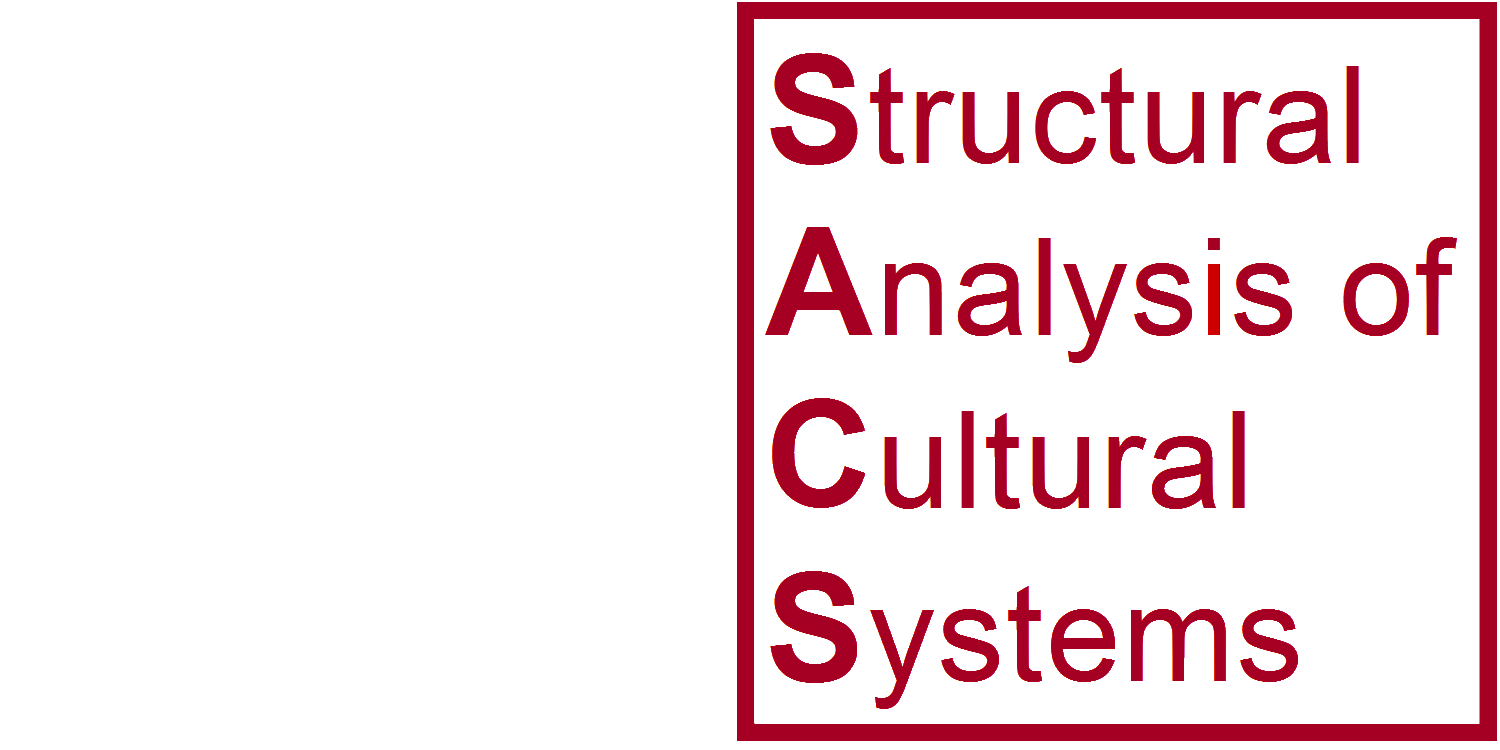
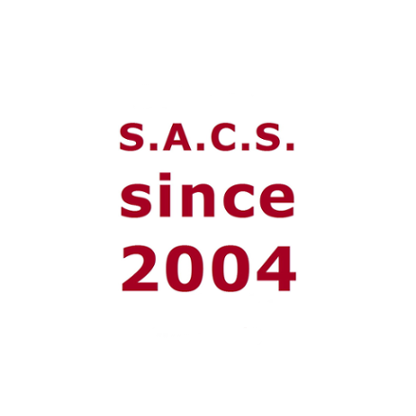
 Relevant for anyone visiting an indigenous culture
Relevant for anyone visiting an indigenous culture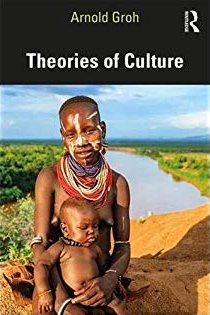 New textbook
New textbook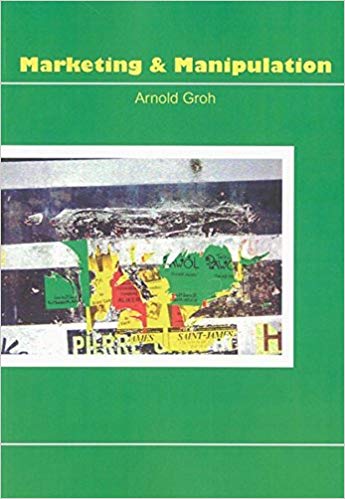 Textbook
Textbook